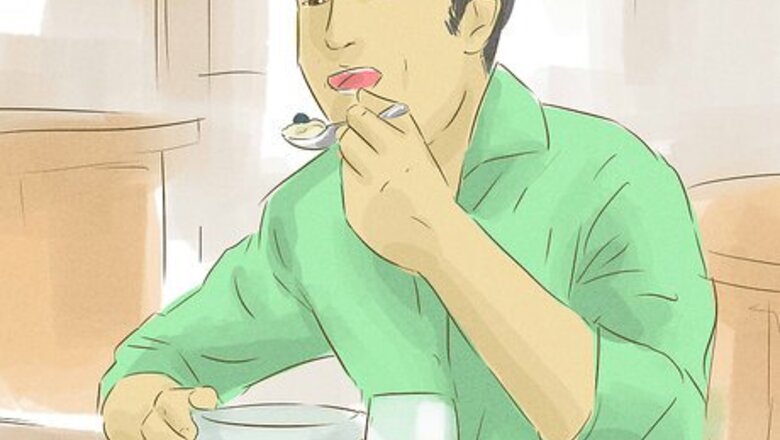
views
Preparing For Your Workout

Eat light and avoid complex carbohydrates. One thing that can cause side aches as you run is running with the wrong kinds of food in your stomach. Before vigorous exercise, eat a light breakfast that is low in fiber and fat content. Foods and fluids that require more blood flow to digest like complex carbohydrates are thought to draw blood away from the diaphragm, which could lead to side aches.
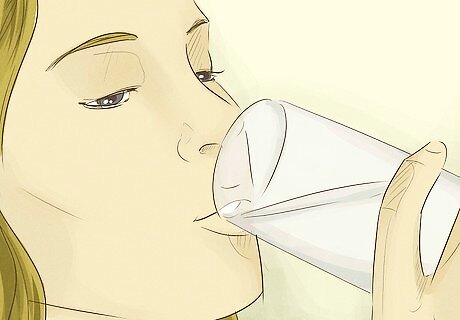
Drink plenty of fluids. Another possible cause of side aches is dehydration. Make sure to stay well hydrated before and during your run. After hydrating well the night before, drink 16 – 20 oz (.5 – .6 liters) of water forty-five minutes before you begin your run. Drink small amounts of water (2 – 4 oz or 65 – 125 ml) periodically throughout your workout to prevent dehydration-based side aches from developing.
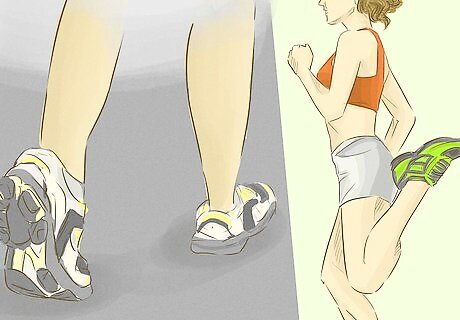
Warm up. Getting your body ready to exercise can go a long way toward preventing injury as well as staving off side aches. Start with a gentle walk for three to five minutes. Walking takes your body through a range of motion that is similar to that of jogging without placing undue stress on your body before it's ready. Jog in short bursts. After a few minutes of walking, add a few brief bouts of jogging, commonly referred to as adding “strides.” Jog for 60 – 100 meters then decelerate back to a walk. The level of warm up needed depends on the activity you're about to do and to your fitness level.

Do some dynamic stretching. Static stretching, or sitting in place as you stretch, can actually lead to injury and does little to prevent side aches. Instead, stretch in active ways like these: Skipping for 25-50 meters then resting Jogging backwards Doing “butt kicks” by walking with a dramatic upswing, bringing your foot up toward your rear end. Do side twists by lifting your arms over your head and leaning to the left and right at the waist.
Treating Side Aches as You Exercise

Slow down and take some deep breaths. If you find yourself on a run when a side ache sets in for instance, decrease your pace. Focus on establishing a breathing pattern in which you inhale for three steps and exhale for two. Push your stomach out as you inhale and relax it as you exhale.
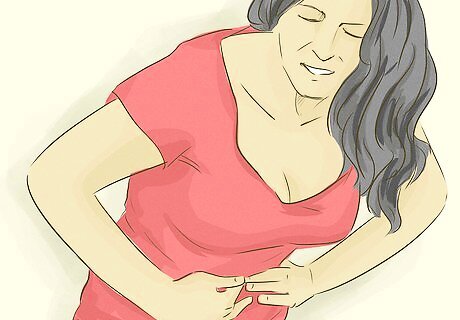
Press into your side with your hand. You can relieve some side ache pains simply by putting pressure on the area with your hand. Press just below your ribs on the side that aches using four fingers. Add pressure as you exhale to help ease the pain.
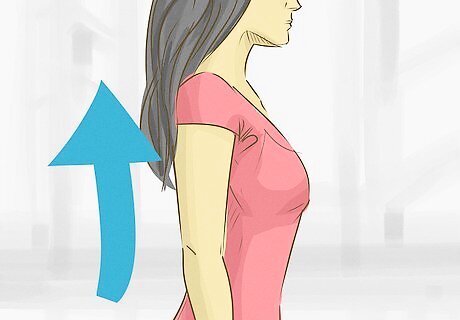
Check your posture. Running with poor posture can put pressure on your diaphragm and lead to side aches. Make sure to run standing upright so you can breathe easily. People who run with a curve to their back are more susceptible to side aches as they exercise.

Replenish your body's fluids and electrolytes. Your body may be cramping due to a lack of fluids or nutrients it needs to fuel you. Hydrate regularly throughout your run to stave off dehydration. Drinking sports drinks like Gatorade can replenish both fluids and electrolytes.

Stop and stretch. You may find that nothing you do on the move is working to curb your side ache. If that's the case, you may need to stop for a minute to stretch. Stretching your core in particular can help alleviate the stress on your diaphragm that may cause side aches. One effective stretch you can do is to: Put your arms above your head and inhale while expanding your stomach. Exhale slowly as you lower your arms and bend at the waist toward the ground. Let your arms dangle for a moment, then stand upright with your arms above your head again as you stand.

Muscle through it. While side aches can be extremely painful and make it difficult to complete your workout, there are times when stopping to stretch simply isn't an option. If you find yourself in a situation where slowing down or stopping isn't feasible, you can push through the pain. Although side stitches are painful, you are extremely unlikely to cause an injury by continuing your workout. Continue to exercise until you have an opportunity to slow your pace and your breathing, then allow yourself to recover.
Establishing Habits to Prevent Side Aches
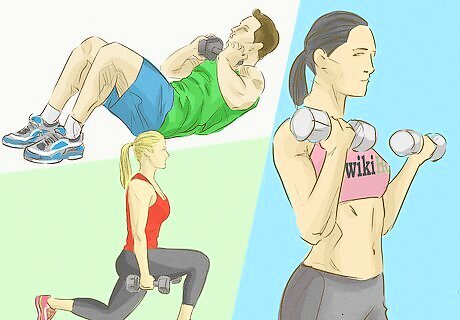
Work your core. Studies show that people with strong abs are less susceptible to side aches than those who don't regularly work their core muscles. Incorporate doing sit-ups or crunches into your regular workouts to develop strong abdominal muscles. Doing planks, by placing your elbows and toes on the floor, then lifting your body up (like the up-position when doing pushups) is another way to strengthen your core muscles.

Assess your stride. Sometimes a stitch in your side can be caused by having too much bounce when you run. This may be because your organs are straining their connective tissue as they bounce around inside of you, as well as affecting the connective tissue attached to your diaphragm. Next time you run, pay attention to your stride. Are you pushing yourself too high off the ground as you run, or is your stride too long, causing you to bounce? To minimize bounce, try the following: Try hitting the ground with your heel instead of landing on the balls of your feet. Watch where your foot is in relation to your knee when it hits the ground. Is your foot farther out than your knee? Try to land your foot on the ground when it is positioned right under your knee. Shorten your stride. Count how many times your right foot hits the ground during a minute of running. If it is under 90, your stride may be too long. Visualize that you are running somewhere with a ceiling that is just a few inches above your head, and if you bounce too high you will hit your head. Talk to a personal trainer or running coach about how to work on your stride if you are struggling.

Do cardio workouts regularly. People who run often are less likely to suffer side aches for various reasons. Once you're accustomed to running, you may learn to adjust your pace and breathing patterns to better avoid developing a side ache. Frequent exercise will strengthen your core muscles that may alleviate side aches.

Keep a food log. Some foods are known to make a runner more prone to suffering side aches, but everyone is different so keep track of what you eat and how it affects you. Fruit juices have been known to cause side aches in some people as they run. If you experience unusually painful side aches or experience them frequently, look at what you ate that day and consider removing things from your diet.




















Comments
0 comment